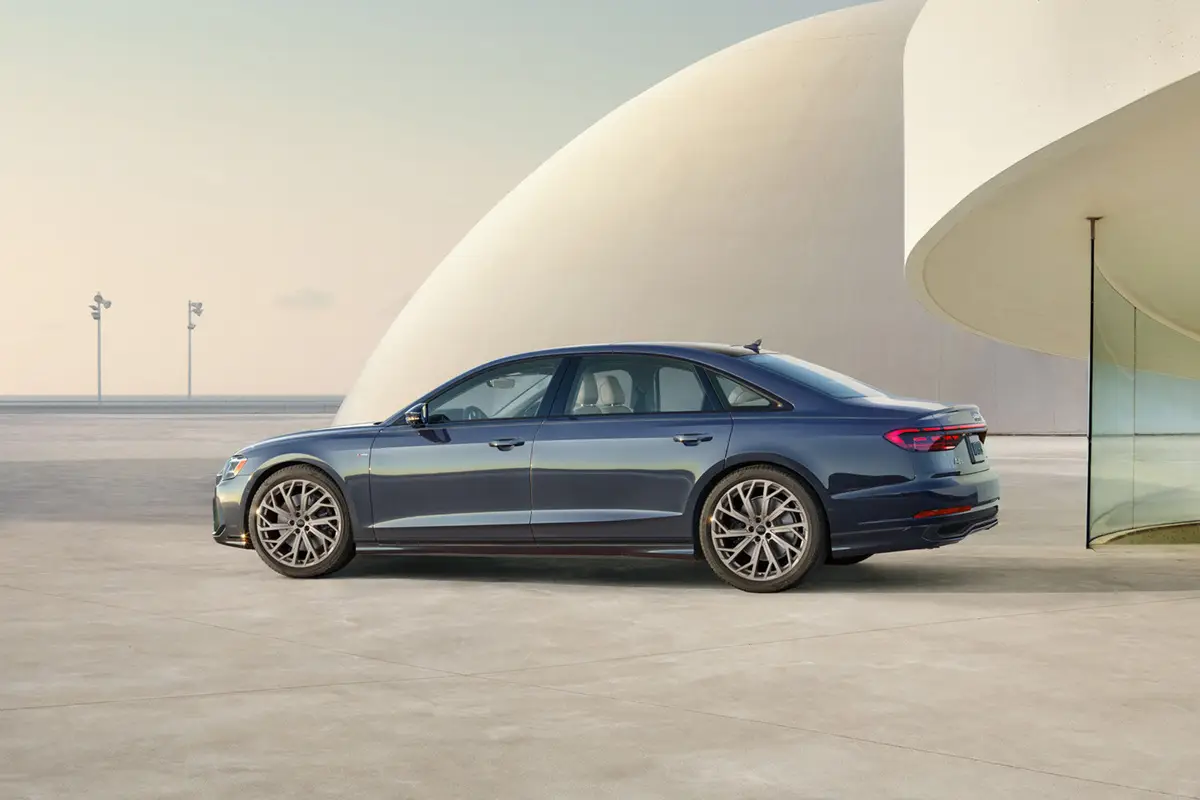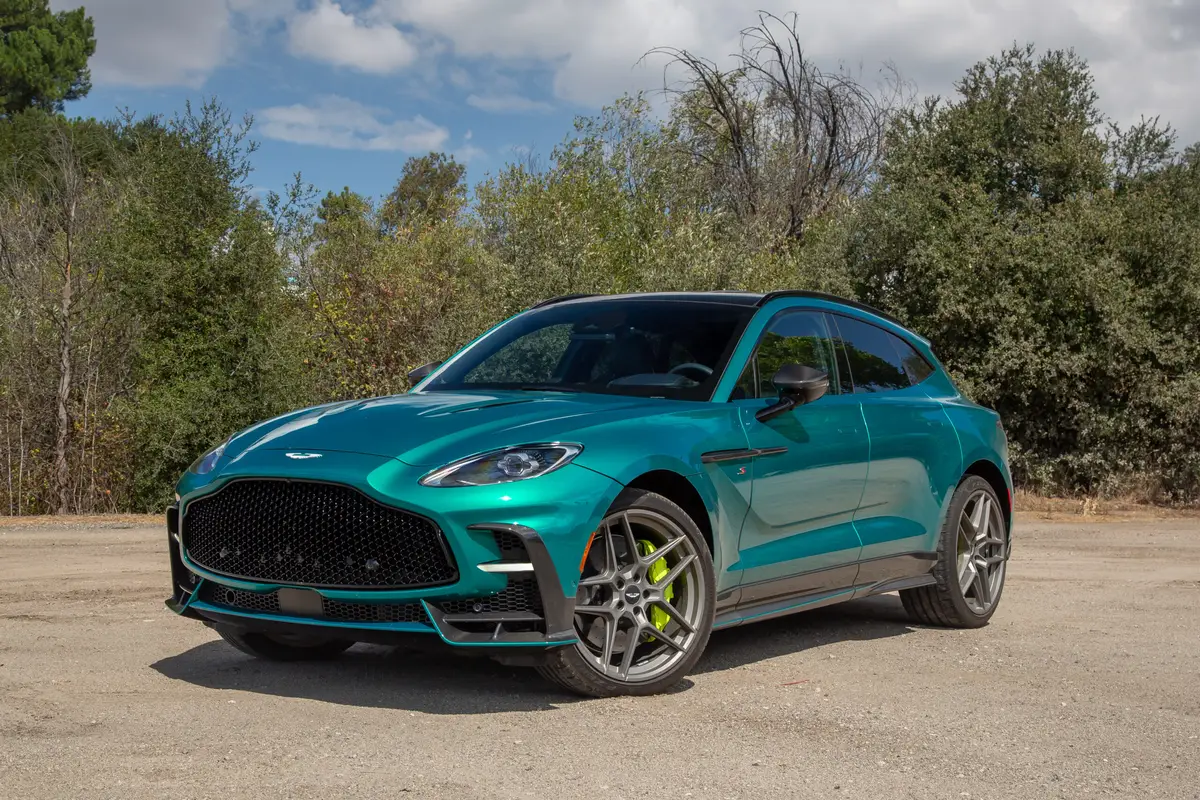washingtonpost.com's view
Some people are content to reduce a car’s performance to numbers. They find satisfaction in measurement. But cars are more than the sums of their parts. Otherwise, choosing one would be a simple matter of picking a number, or a collection of digits.
But few of us buy anything that way; and if we return to a brand, especially if we do so repeatedly, we seldom do it only because the numbers are correct. Numbers don’t claim our loyalty. Beauty does. So do consistency, reliability, quality, feelings; and feelings are substantially more than ephemera.
Consider the 2006 BMW 330i sedan. Park it in a safe place. Get out of the car. Now, put a hand on the metal, close your eyes and walk around the car with your hand remaining in contact with its surface.
You can feel the strength of the 330i’s character lines, their beginning and end, the way they sweep up from the slightly prominent nose, flow around a gently raised hood, and move to the rear, where the roof line feels more like that of a coupe than a sedan. You are struck by the uniformity of surface, as if the car were one solid piece instead of a federation of components.
Open your eyes. Look at that hood. It proves that safety can be beautiful. Its modest elevation is purposeful. European automotive safety officials have concluded that cars must, as much as possible, be compatible with pedestrians. That is, they must now be designed in such a way as to reduce injuries to people in those unfortunate incidents where a car strikes an unprotected human body.
Traffic accident studies have shown that many severe pedestrian injuries result from the struck body being lifted and then slammed into the hood. If the hood has minimum clearance above the engine, it effectively allows that body to slam into the engine as well. By raising the hood a bit and angling the engine, BMW has provided a cushion, an extra measure of safety for people on foot.
But you are more interested in driving the car than you are in its compatibility with pedestrians who ignore traffic signals and wander into harm’s way, as so many of them routinely do here. That’s understandable. Get back into the driver’s seat.
Since its introduction as a sedan in 1999, the BMW 3 Series car has epitomized entry-level automotive luxury — tasteful styling, high-quality materials and commendable road performance at base prices ranging from about $30,000 to $40,000. Now in its fifth iteration — currently represented in the United States by the 2006 325i and 330i sedans — the 3 Series car maintains that tradition. But it is no longer the petite princess of the BMW fleet. It has grown up — literally.
Reflecting the expanding girth of the drivers and passengers it must now accommodate, the new 330i, for example, is longer, wider and taller than its predecessor. That means more room for legs and heads, which generally means more comfort. At a curb weight of 3,450 pounds — the weight without passengers or cargo — the new car is nearly 100 pounds heavier than the older model.
The new 330i’s weight is fairly well balanced, with 51.1 percent of it distributed to the front of the car and 48.9 percent placed in the rear. It has a more rigidly constructed body than the older model. Those attributes, combined with sophisticated front and rear suspensions — a five-link suspension in the rear and a double-pivot setup in the front, with front and rear stabilizer bars — provide ride and handling so smooth, so wonderfully responsive, you wind up driving the car for the sheer joy of driving it. Destination becomes a secondary concern.
For those of you who relish power and speed, the rear-wheel-drive 330i offers ample doses of both with its 255-horsepower, three-liter, inline six-cylinder engine. BMW engineers say that the tested model, equipped with a six-speed manual transmission, can run from 0 to 60 miles per hour in 6.1 seconds. I’ll take their word for it. I was less interested in measuring that sort of thing than I was in enjoying the drive.
Latest news



